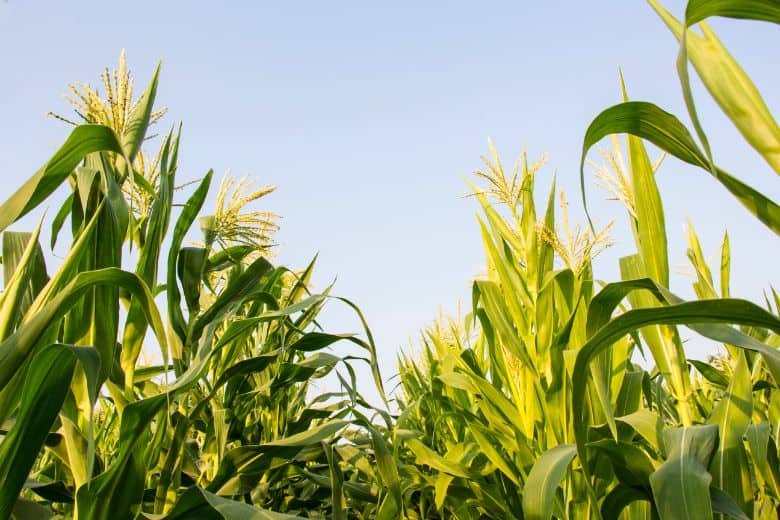
Growing corn can be challenging in the cool, wet climate of Seattle. As any seasoned Seattle gardener, you must know when to plant corn in Seattle. Consequently, our guide will provide you with the ideal corn planting windows for Seattle and surrounding areas so you can grow sweet corn for maximum success.
Moreover, we have covered the best months for sowing your corn seeds, considering our climate specifics. You’ll learn the proven corn varieties suited to the Puget Sound region, along with vital care tips. With the right preparation and timing, you, too, can enjoy fresh homegrown ears of corn picked right from your own garden in Seattle.
When Is the Best Time to Plant Corn in Seattle?
The ideal times to plant corn in the Seattle area are:
- Early June: This is the earliest most gardens can accommodate corn. Soil and air temperatures need to be at least 60°F for successful germination and growth of corn seedlings.
- Mid to Late June: Mid-June planting is generally the safest bet for corn in Seattle. The soil has fully warmed by this time.
- Early July: For a later crop that ripens in late summer or early fall, go ahead and plant in early July.
Most corn varieties need around 70-90 days to mature from seeding to harvest. Planting earlier in June risks cooler temperatures, slowing growth and development. Later plantings after mid-July may not have enough warm days left to ripen fully. Mid-June sowing gives corn the best chances in our climate.
How to Plant Corn Seeds in Seattle
Once you’ve determined your planting dates based on the ranges above, follow these steps to get your corn started:
- Prepare the soil. Till or spade your garden bed to loosen the soil at least 1 foot deep. Remove any weeds or plant debris.
- Incorporate organic matter. Work in compost or other organic fertilizers like aged manure to enrich the soil. This supports healthy root growth.
- Layout rows. Mark row positions 36 inches apart using twine or stakes. Leave at least 4 feet between rows for access.
- Apply fertilizer. Sprinkle a balanced organic fertilizer, like 5-5-5 along rows, before planting.
- Plant seeds. Space seeds every 12 inches in the rows, 1 inch deep. You can also plant corn varieties specifically bred for close spacing every 8-10 inches.
- Water well after planting. Keep soil consistently moist until seedlings emerge in 5-10 days.
- Thin seedlings. Once plants have 2-3 leaves, thin to proper spacing indicated on the seed packet.
- Weed regularly. Hand pull or hoe weeds interfering with corn growth throughout the season.
Pay attention to recommended plant spacing as your corn matures. Taller hybrids may need farther in-row spacing like 18 inches to avoid lodging or stalk breakage from wind and rain storms. Stake or trellis corn that exceeds 48 inches.
Aftercare Tips for Corn in Seattle
After planting, focus on these care tasks to help your corn thrive:
# Water consistently. Corn needs around 1 inch of water per week from tasseling to harvesting. Use drip irrigation or soaker hoses under mulch.
# Weed control. Corn competes poorly with weeds. Pull young weeds by hand and hoe regularly to control them.
# Fertilize again mid-season. Apply another balanced organic fertilizer 6-8 weeks after planting to boost ears and kernels.
# Watch for pests and diseases. Inspect leaves weekly for corn earworms, corn borers, or blight symptoms and treat them accordingly.
# Mulch plants. Lay down 2-4 inches of organic mulch to maintain even soil moisture and prevent weed growth.
# Pollinate if isolating varieties. Transfer pollen from male tassels to silks by hand when less than 1% of silks have emerged if isolating seedsaves or heirloom varieties.
# Harvest 70-90 days from planting. Check for black-layer formation inside ears to ensure full maturity before picking sweet corn. Handle gently to avoid crushing ears or knocking off silks.
Potential Pests and Diseases
The most common corn issues gardeners encounter in Seattle are:
- Corn earworms: Caterpillars bore into silks and ears. Handpick or use Bt.
- Corn borers: Larvae tunnel into stalks. Rotate crops and promptly destroy infected plants.
- Bird damage: Cover ears with paper or mesh bags if birds readily feed on your variety.
- Blight: Fungal disease causes leaf spotting and dieback. Practice good sanitation and consider resistant hybrids.
- Billbugs: Adults chew fabric-like holes. Grubs feed on roots. Rotation helps control damage.
Scout crops weekly and treat problems early according to integrated pest management practices. Rotate corn plantings each year if possible to disrupt pest and disease cycles.
Growing Tips for Seattle Conditions
Here are some additional tips for growing sweet corn successfully in the Puget Sound climate:
- Choose early maturing or short-season hybrids adapted for our growing zone 8b.
- Look for disease-resistant varieties when possible to minimize fungal issues like blight.
- Consider dwarf or bush varieties that don’t exceed 3-4 feet for small garden spaces.
- Plant corn in a sheltered spot away from strong winds and excessive rain.
- Construct a simple protective tunnel using hoops and insect netting or row cover during establishment.
- Lay down dark mulches like shredded leaves to boost soil warmth for early plantings.
- Succession plant in two week intervals from June through July for an extended harvest.
- Store extra ears in the crisper drawer of your refrigerator after husking.
- Save seeds from your best stalks to continue your preferred varieties adapted to local conditions.
Conclusion
With careful timing and attention to growing needs, corn is very achievable to grow from seed in the maritime Pacific Northwest climate around Seattle. Experiment to find the sweet spot planting windows and varieties ideally suited for your microclimate. Enjoy the bounty of delicious homegrown corn cobs in late summer!


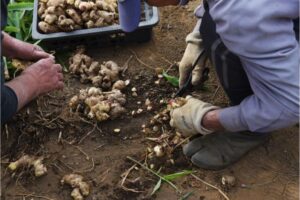
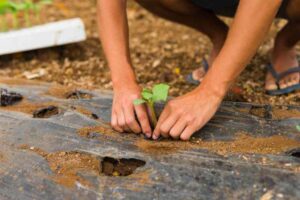
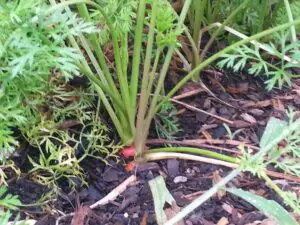

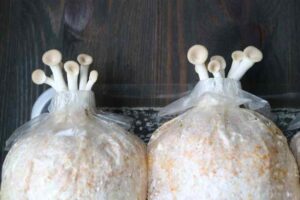

One Comment